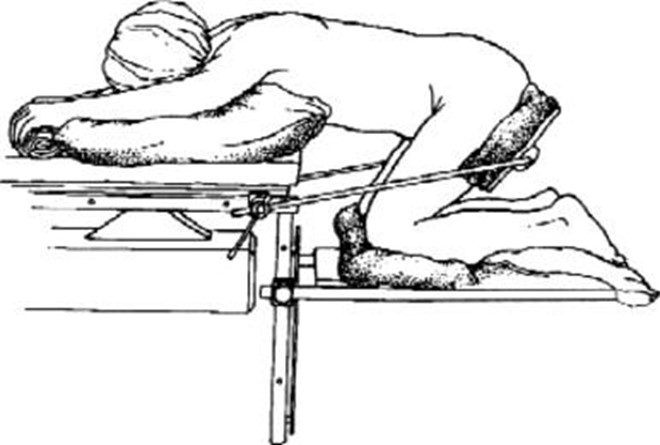Following delivery, the nurse places the newborn under a radiant heat warmer. Which of the following is this action used to prevent?
Cold stress.
Respiratory depression.
Thermogenesis.
Tachycardia.
The Correct Answer is A
Choice A rationale:
Placing the newborn under a radiant heat warmer is used to prevent cold stress. Newborns are at risk of losing body heat rapidly, and cold stress can lead to various complications, including respiratory distress, hypoglycemia, and metabolic acidosis. The radiant heat warmer helps maintain the baby's body temperature within the normal range, promoting overall stability and reducing the risk of cold-related issues.
Choice B rationale:
The nurse should not choose choice B, "Respiratory depression,” as the action used to prevent. Placing the newborn under a radiant heat warmer does not specifically target respiratory depression. Respiratory depression in newborns may be related to various factors, such as anesthesia exposure during delivery or certain medications, and it requires appropriate monitoring and management rather than just heat regulation.
Choice C rationale:
The nurse should not choose choice C, "Thermogenesis,” as the action used to prevent. Thermogenesis refers to the generation of heat in the body, which is essential for maintaining body temperature. While the radiant heat warmer indirectly supports thermogenesis by preventing heat loss, the main purpose of using the warmer is to prevent cold stress, as stated in choice A.
Choice D rationale:
The nurse should not choose choice D, "Tachycardia,” as the action used to prevent. Tachycardia refers to an abnormally fast heart rate, and the use of a radiant heat warmer does not specifically target this condition. The purpose of the warmer, as explained earlier, is to maintain the baby's body temperature and prevent cold stress, not to address tachycardia.
Nursing Test Bank
Naxlex Comprehensive Predictor Exams
Related Questions
Correct Answer is D
Explanation
Choice A rationale:
Having many nodules in the upper outer quadrants of the breasts is a common and expected finding in breast tissue and is not necessarily a cause for concern.
Choice B rationale:
Bilateral breast tenderness with palpation can be a normal finding, especially in young women with hormonal changes. It is not of immediate concern unless it is accompanied by other worrisome symptoms.
Choice C rationale:
Slight differences in breast size are often normal and not necessarily concerning, especially in young women whose breast development may not have fully stabilized.
Choice D rationale:
An irregularly shaped, nontender lump palpable in the breast raises concerns for a potential breast mass or tumor. This finding requires further evaluation and investigation by a healthcare provider to determine its nature and possible malignancy. Early detection of breast abnormalities is crucial for timely management and improved outcomes.
Correct Answer is D
Explanation
Choice A rationale:
Administering oxytocin to the client via intravenous infusion is not appropriate when the nurse notes an umbilical cord protruding through the cervix. The priority is to relieve pressure on the cord to prevent fetal compromise, and administering oxytocin could worsen the situation.
Choice B rationale:
Applying oxygen at 2 L/min via nasal cannula is not the priority when an umbilical cord prolapse is detected. The focus should be on relieving pressure on the cord and changing the client's position to alleviate the compression.
Choice C rationale:
Preparing for insertion of an intrauterine pressure catheter is not appropriate when there is an umbilical cord prolapse. The immediate concern is the potential compromise of fetal blood flow, and addressing the cord prolapse takes precedence over any other interventions.
Choice D rationale:

Assisting the client into the knee-chest position is the correct action when an umbilical cord prolapse is observed during a vaginal exam. This position helps to alleviate pressure on the cord by moving the presenting part of the fetus off the cord and can prevent further fetal distress until more definitive interventions can be performed.
Whether you are a student looking to ace your exams or a practicing nurse seeking to enhance your expertise , our nursing education contents will empower you with the confidence and competence to make a difference in the lives of patients and become a respected leader in the healthcare field.
Visit Naxlex, invest in your future and unlock endless possibilities with our unparalleled nursing education contents today
Report Wrong Answer on the Current Question
Do you disagree with the answer? If yes, what is your expected answer? Explain.
Kindly be descriptive with the issue you are facing.
